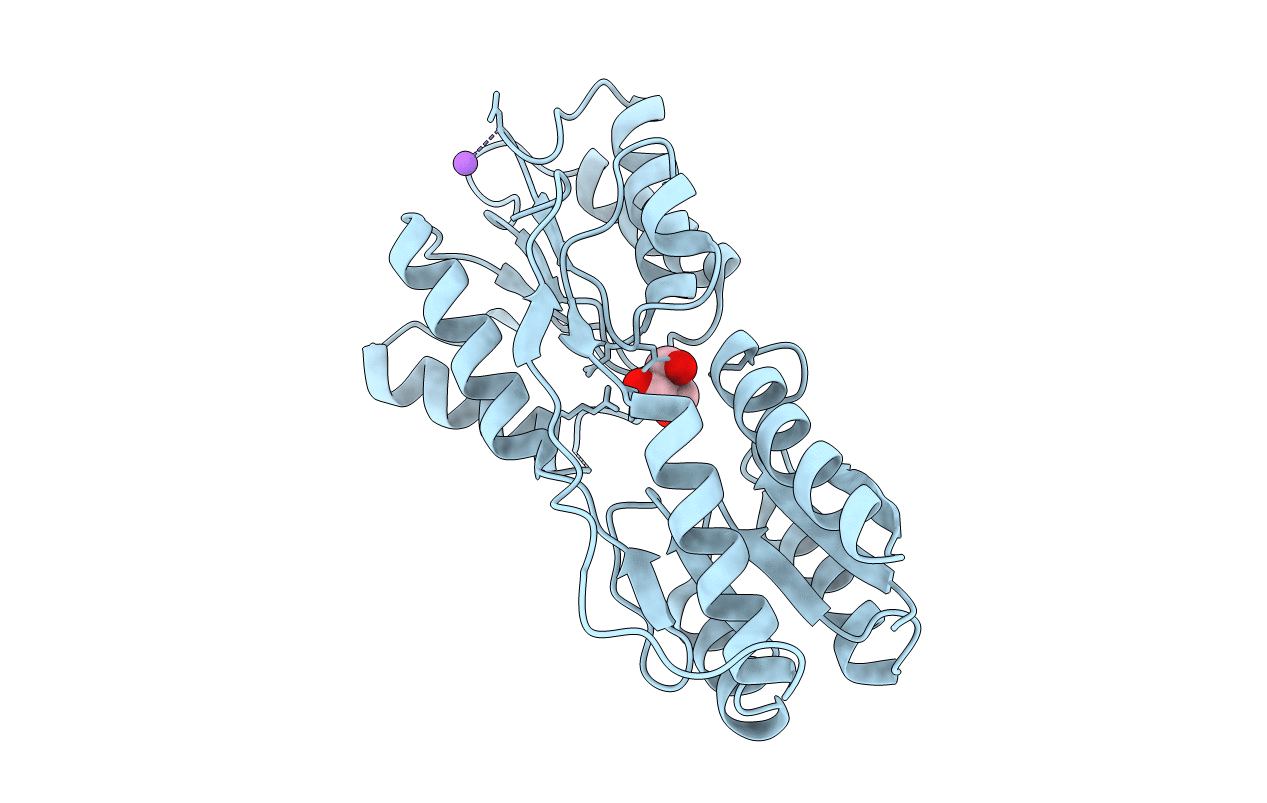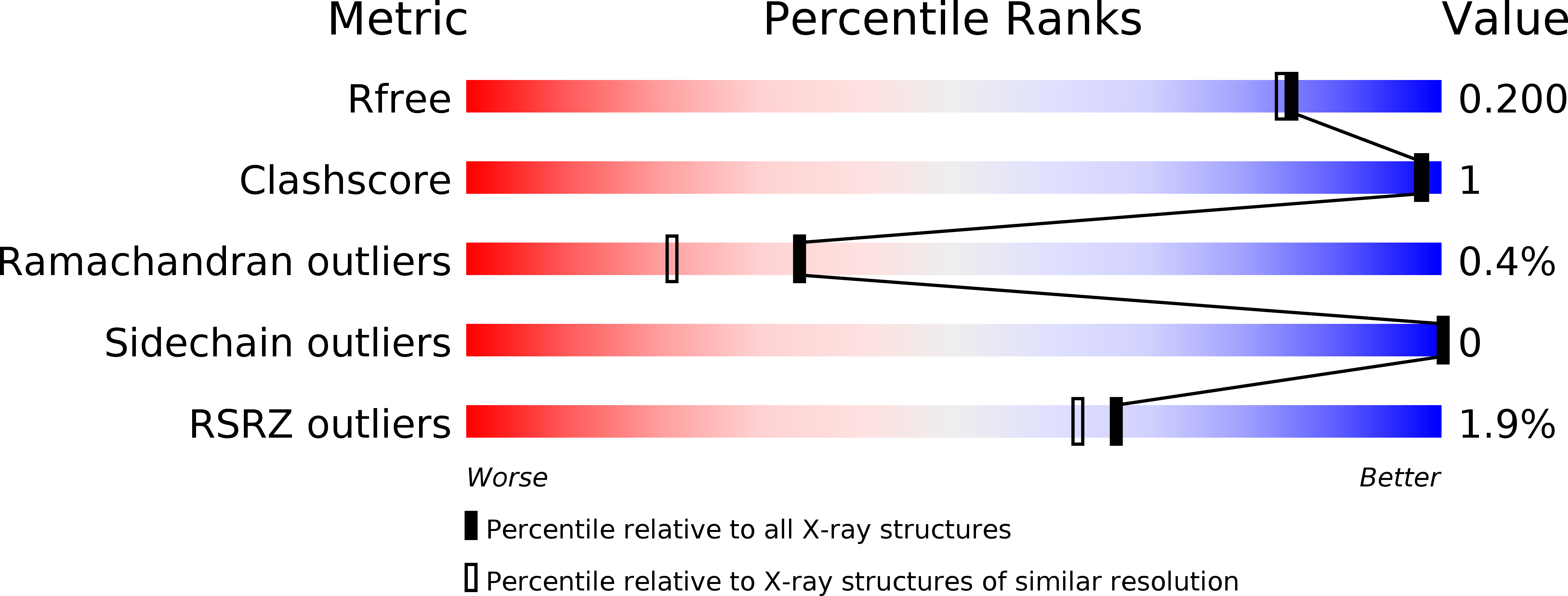
Deposition Date
2018-02-22
Release Date
2018-03-07
Last Version Date
2024-03-13
Entry Detail
PDB ID:
6CHK
Keywords:
Title:
Crystal structure of LacI family transcriptional regulator from Lactobacillus casei, Target EFI-512911, with bound TRIS
Biological Source:
Source Organism:
Lactobacillus paracasei (Taxon ID: 321967)
Host Organism:
Method Details:
Experimental Method:
Resolution:
1.80 Å
R-Value Free:
0.19
R-Value Work:
0.14
R-Value Observed:
0.14
Space Group:
H 3 2


